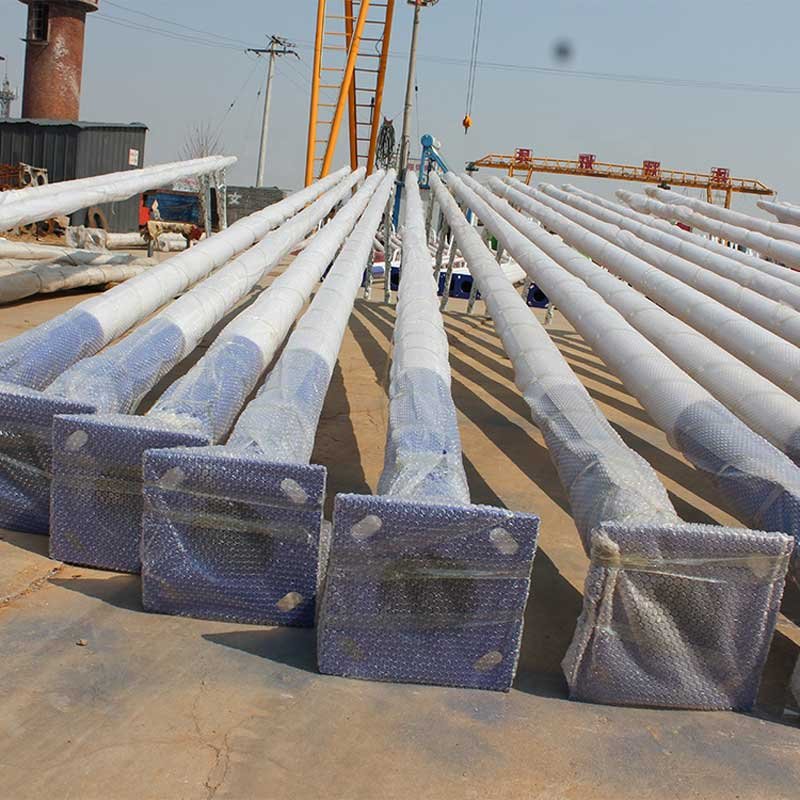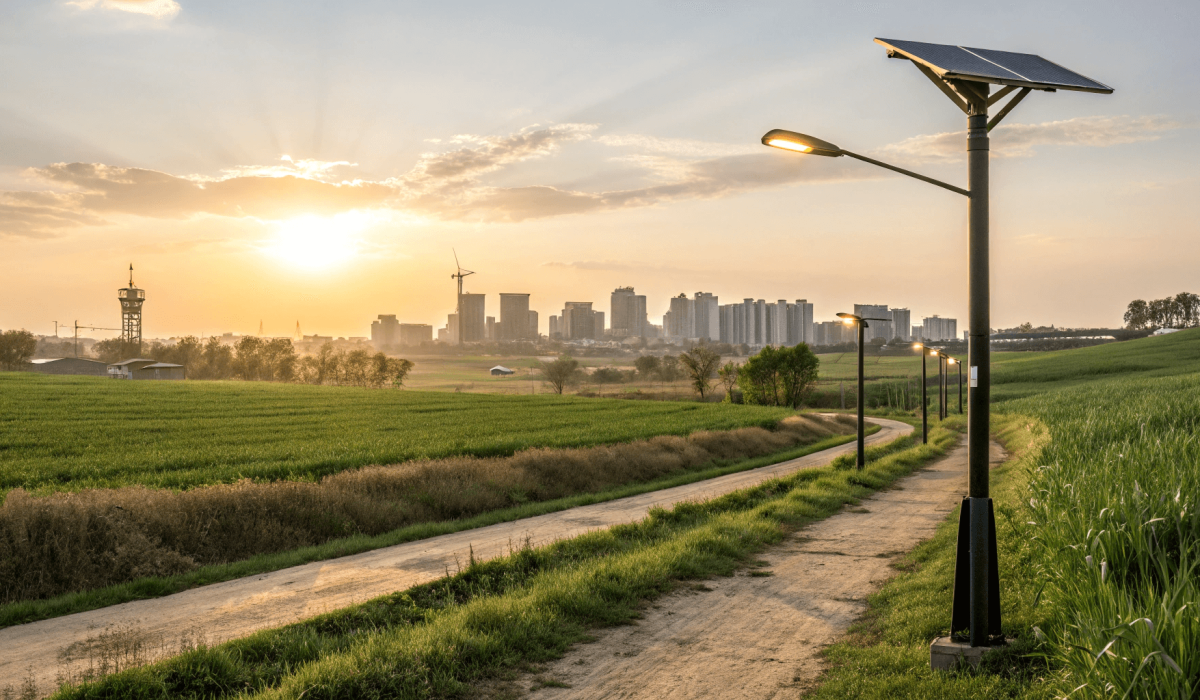Field technicians calibrating solar lighting sensors in Jodhpur, India—part of the city’s 2024 off-grid initiative.
As cities evolve, lighting is no longer just about visibility—it’s about intelligence, independence, and impact. We’ve seen firsthand how solar-powered streetlight poles, equipped with IoT systems, are turning from passive light sources into active infrastructure assets.
For budget-conscious governments that still want to embrace smart urbanism, this combination may be the most practical, scalable path forward.
What Makes Solar Street Poles Different—And Why They Matter Now
In conversations with public lighting planners across West Africa and Southeast Asia, one thing is clear: traditional infrastructure can't keep up with modern demands. The appeal of solar + smart systems lies not just in their environmental benefits, but in their agility and autonomy.
Key Functions at a Glance
- Self-powered via solar panels and onboard batteries
- Independent operation from national power grids
- Data-capable, gathering real-time lighting and environment insights
- Minimal upkeep, with long-life LEDs and predictive diagnostics
Take Jodhpur, India for example—280 units installed in 2024 along its ring road. In 12 months, reported downtime per pole was under 2%, and energy bills were eliminated entirely.
Lighting That Thinks: Human-Centered IoT Integration
Smart lighting isn’t just about sensors—it’s about serving people better. When a local community member walks down a path late at night, the light gently brightens. When no one’s around, it dims to conserve energy.
How the System Adapts to Urban Life
- Motion-responsive illumination: Follows pedestrian or vehicle flow
- Remote diagnostics: City teams monitor malfunctions from HQ
- Scheduled brightness: Adjusted by time, weather, or event type
One technician from Cairo’s East District told us, “Before, we had to send two people just to check if a light was out. Now, we know before the calls come in.”
Sustainability You Can See and Measure

Deployed solar poles in Medellín’s Comuna 6 district—local crime dropped 28% in 6 months.
Forget generic sustainability claims—solar street poles offer hard numbers.
- Carbon reduction: Each unit avoids ~320 kg CO₂/year
- No trenching: Means less soil disruption and no diesel-powered construction
- Longer service life: Smart dimming extends battery and LED lifespan
In Uganda’s Gulu Municipality, their 2023 pilot saw a 62% drop in electricity costs across 8 urban blocks—and a 40% cut in maintenance dispatches.
Real-Time Intelligence, Real Operational Savings
How real-time data lets smart poles adjust to urban rhythms.
Lighting that learns. That’s what sets these systems apart.
We’ve analyzed deployments in three cities and found that integrating analytics cuts energy use by up to 55% during low-traffic hours. And thanks to predictive alerts, response time for faults drops from 48 hours to under 8.
Smart Adjustments in Action
- Rush hour: Lights boost to 100%
- Midnight: Drop to 40% in inactive zones
- Rainy evenings: Elevate brightness for safety
A senior lighting engineer in São Paulo noted: “We used to overspend by treating all hours equally. Now we match brightness to behavior.”
Behind the Hardware: What’s Under the Hood?
| Module | Real-World Value |
|---|---|
| Solar Panel | High-efficiency monocrystalline, tuned for low-light capture |
| LED Fixture | 130–160 lm/W output, glare-controlled optics for public spaces |
| Battery Unit | LiFePO₄, 3–5 day autonomy, swap-ready modules |
| Smart Controller | Features overload prevention, brightness scheduling, and API link-up |
We recommend a 180Ah battery for cloudy zones like coastal Kenya, while dry inland climates can rely on 120Ah setups with solar tilt optimization.
The Broader Impact: What It Means for Cities and Citizens

Neighborhood in Kumasi, Ghana, where solar lighting boosted nighttime market activity.
Let’s shift from tech to people. What does this system mean for communities?
- For city planners: Less firefighting, more foresight
- For residents: Safer streets, fewer blackouts
- For governments: Long-term cost control, short-term public trust boost
In interviews with lighting administrators in Togo, the consensus was clear: when citizens see their taxes go toward lighting that’s bright, reliable, and self-sufficient—they notice.
Conclusion: It’s More Than Light—It’s Infrastructure That Thinks
Solar street lighting poles are no longer just lighting upgrades. They’re intelligent urban nodes, quietly collecting data, adjusting to needs, and staying online when the rest of the grid falters.
In a world of rising energy costs and shrinking public budgets, combining solar with intelligent control isn’t just progressive—it’s practical.
Whether you're upgrading a campus, planning a smart township, or revamping rural roads—this is infrastructure built to last, learn, and light the way forward.


